
cd_nom
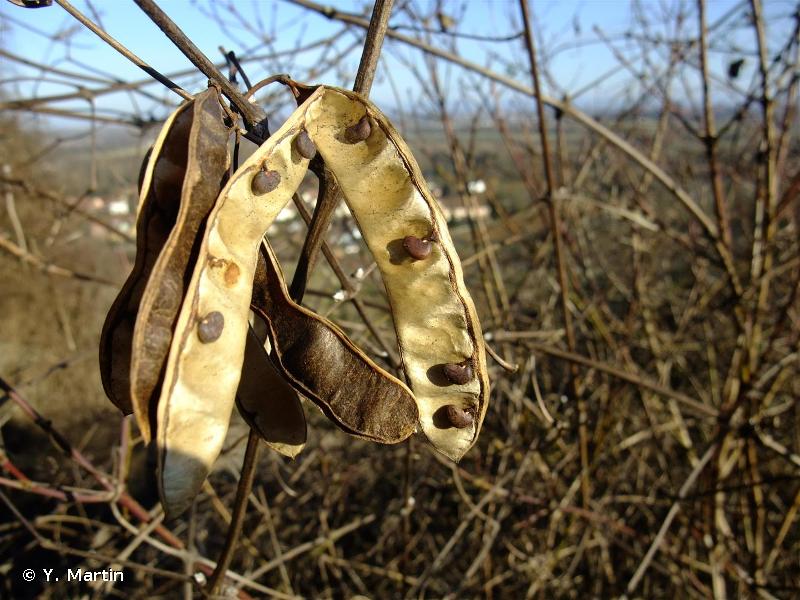
| Author : Y. Martin |
 |
To get the picture, please visit:
Yoan MARTIN
email : martin.yoan95@gmail.com
Despite the Creative Commons license, please inform the author of the use which will be made of his photo
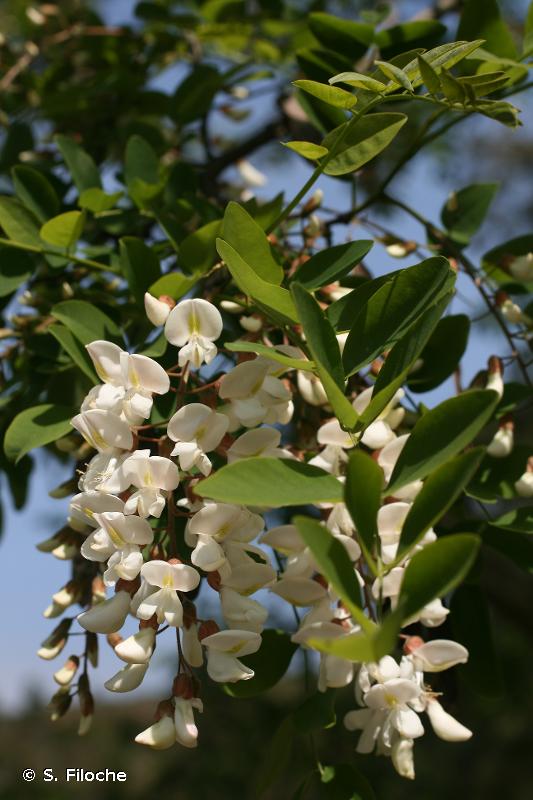
| Author : S. Filoche |
 |
To get the picture, please visit:
Sébastien Filoche,
CBNBP/MNHN
61, rue Buffon - 75005 Paris
email : inpn@mnhn.fr
Despite the Creative Commons license, please inform the author of the use which will be made of his photo
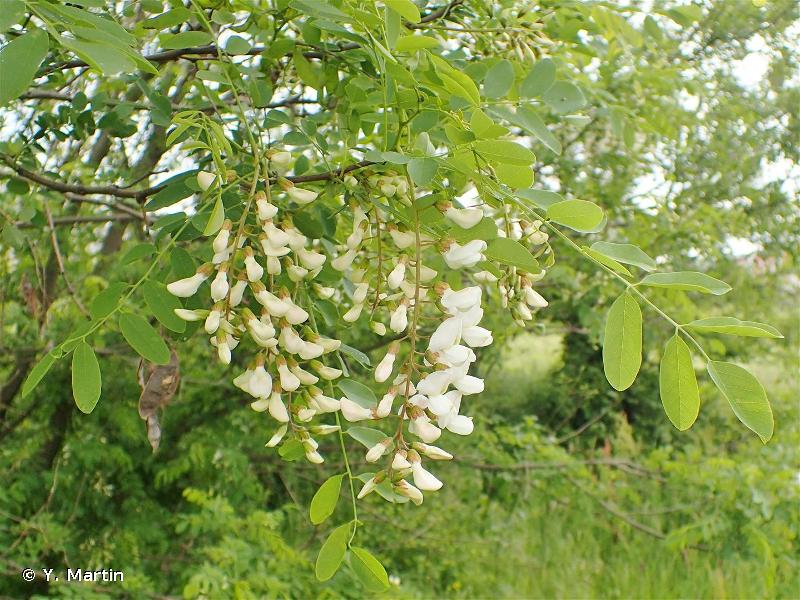
| Author : Y. Martin |
 |
To get the picture, please visit:
Yoan MARTIN
email : martin.yoan95@gmail.com
Despite the Creative Commons license, please inform the author of the use which will be made of his photo
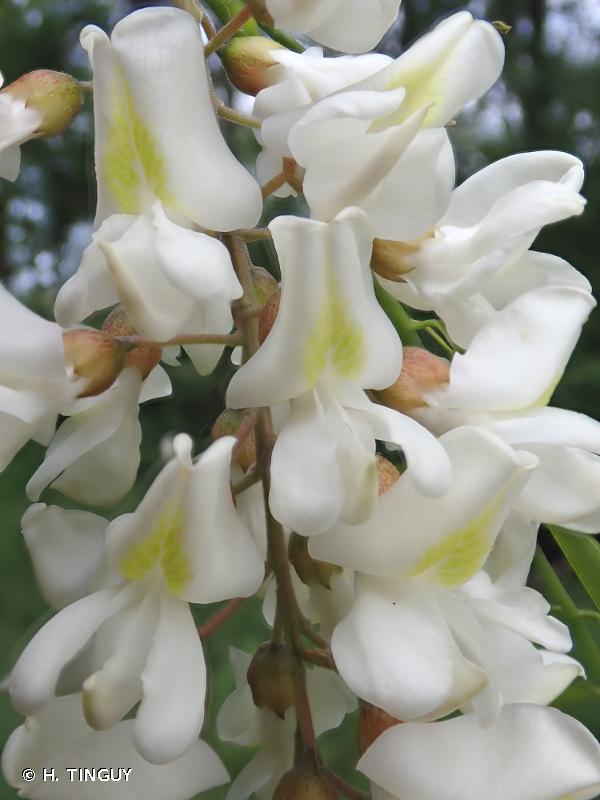
| Author : H. TINGUY |
 |
To get the picture, please visit:
Hugues Tinguy
email : inpn@mnhn.fr
Despite the Creative Commons license, please inform the author of the use which will be made of his photo
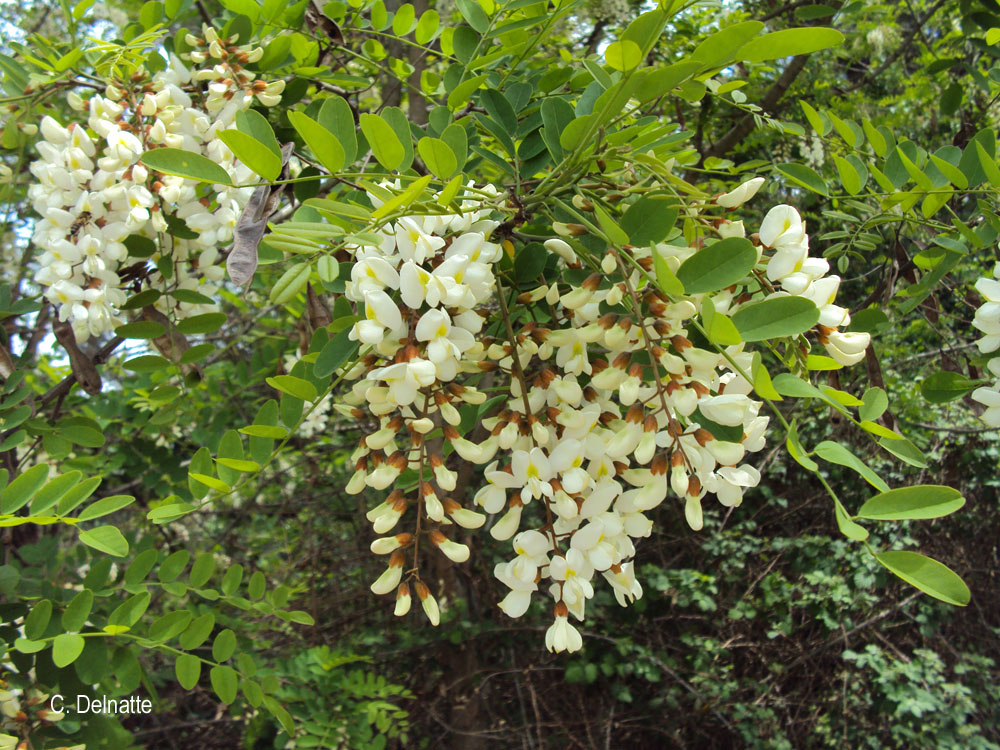
| Author : C. Delnatte |
 |
To get the picture, please visit:
César DELNATTE
Chargé de mission écologie végétale
DEAL Martinique
Pointe de Jaham – BP 7212
97274 Schoelcher Cedex
Tél : 05 96 59 58 55
GSM : 06 94 15 63 67
Any reuse of one or more photographs on this site is subject to an authorization request from the author.
Link to the Code of Intellectual Property (Legifrance)

| Author : Y. Martin |
 |
To get the picture, please visit:
Yoan MARTIN
email : martin.yoan95@gmail.com
Despite the Creative Commons license, please inform the author of the use which will be made of his photo
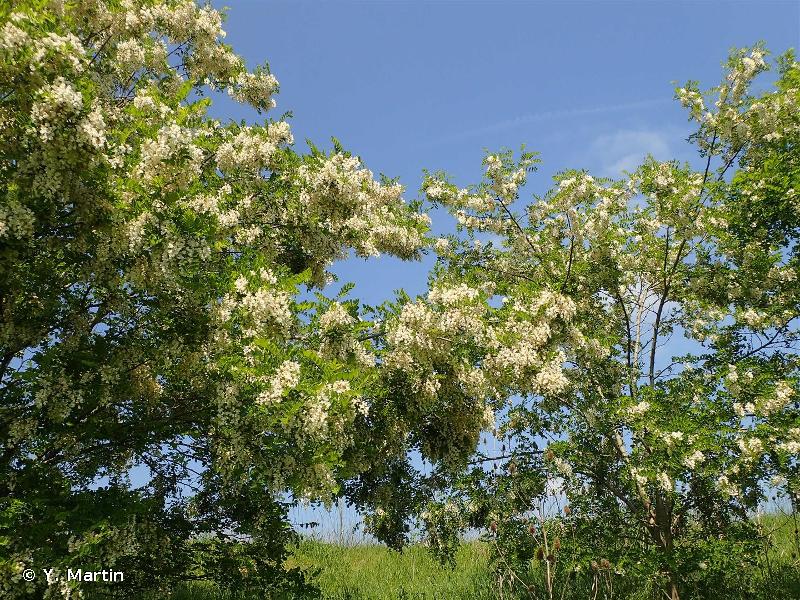
| Author : Y. Martin |
 |
To get the picture, please visit:
Yoan MARTIN
email : martin.yoan95@gmail.com
Despite the Creative Commons license, please inform the author of the use which will be made of his photo
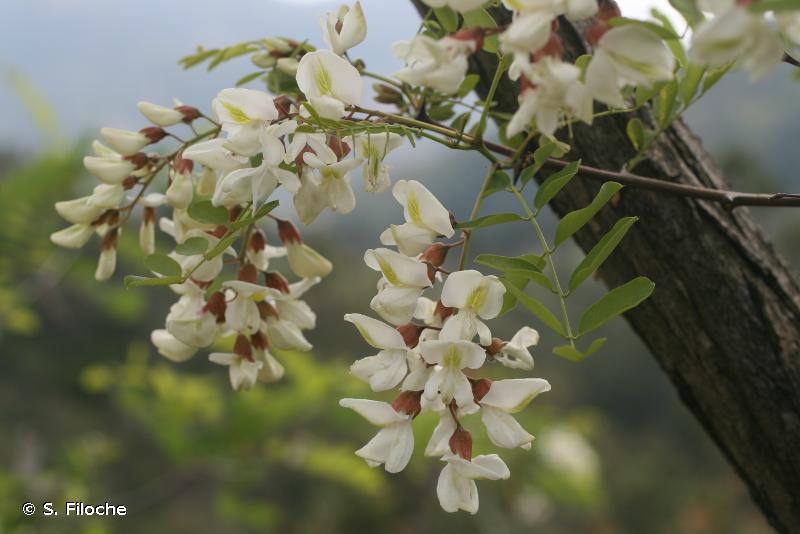
| Author : S. Filoche |
 |
To get the picture, please visit:
Sébastien Filoche,
CBNBP/MNHN
61, rue Buffon - 75005 Paris
email : inpn@mnhn.fr
Despite the Creative Commons license, please inform the author of the use which will be made of his photo
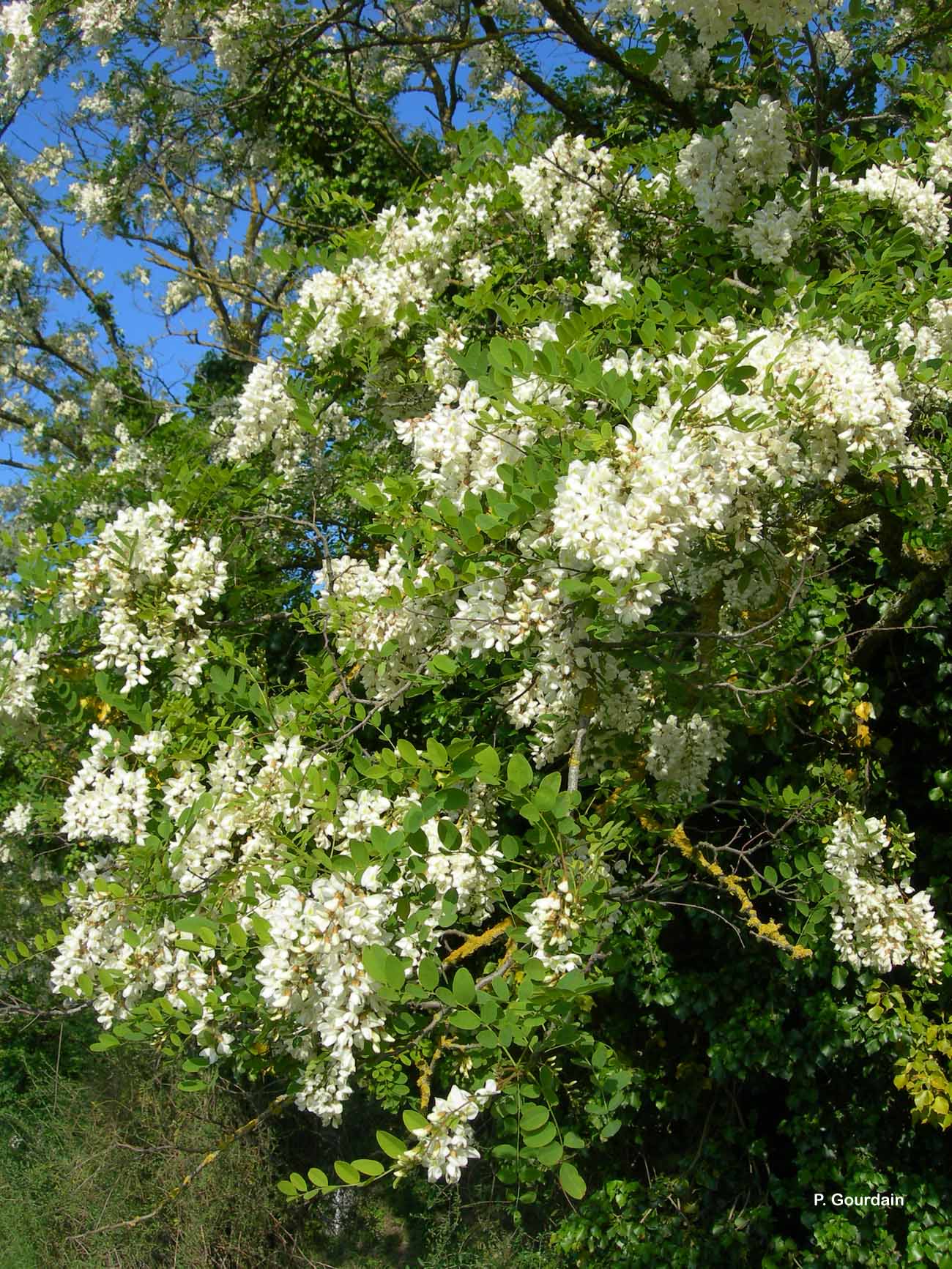
| Author : P. Gourdain |
 |
To get the picture, please visit:
Philippe GOURDAIN
Muséum national d'Histoire naturelle - Service du Patrimoine Naturel
36 rue Geoffroy Saint-Hilaire
CP 41
75 231 PARIS CEDEX 05
e-mail : inpn@mnhn.fr
Legend: Toulouse-Pech-David
Despite the Creative Commons license, please inform the author of the use which will be made of his photo
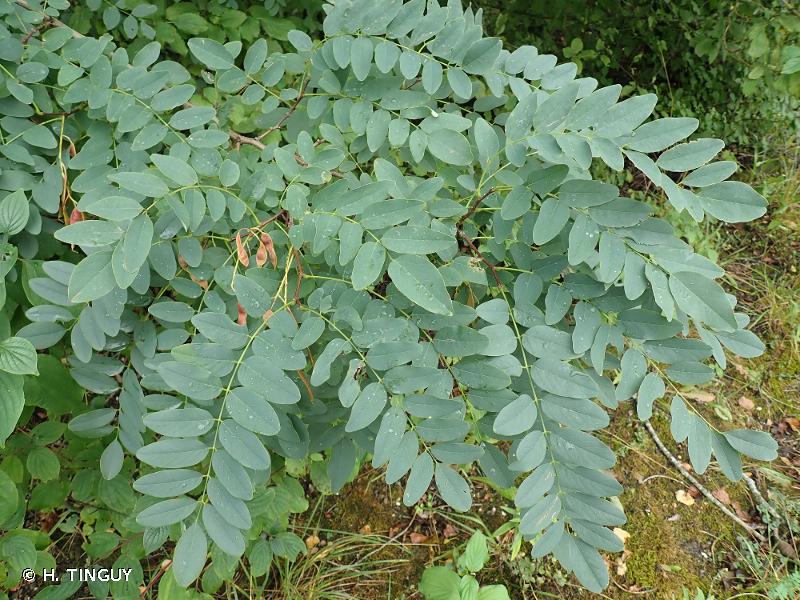
| Author : H. TINGUY |
 |
To get the picture, please visit:
Hugues Tinguy
email : inpn@mnhn.fr
Despite the Creative Commons license, please inform the author of the use which will be made of his photo
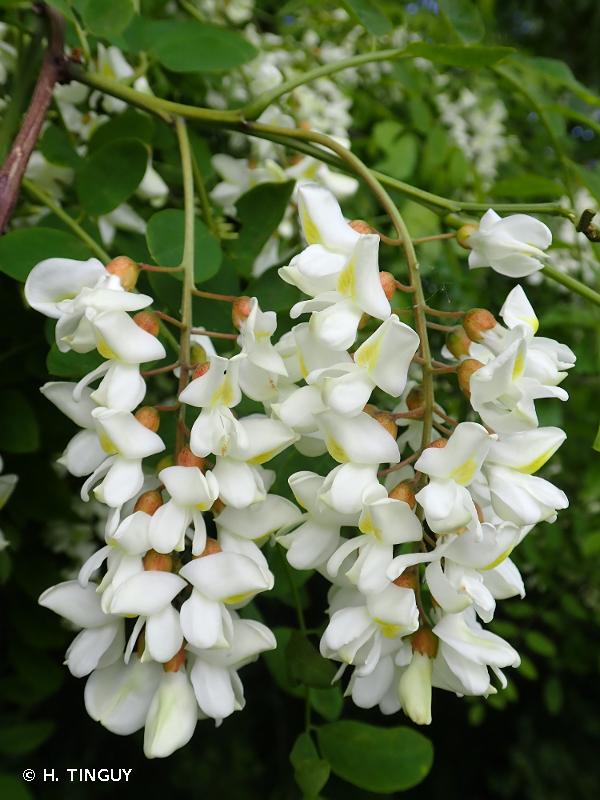
| Author : H. TINGUY |
 |
To get the picture, please visit:
Hugues Tinguy
email : inpn@mnhn.fr
Despite the Creative Commons license, please inform the author of the use which will be made of his photo
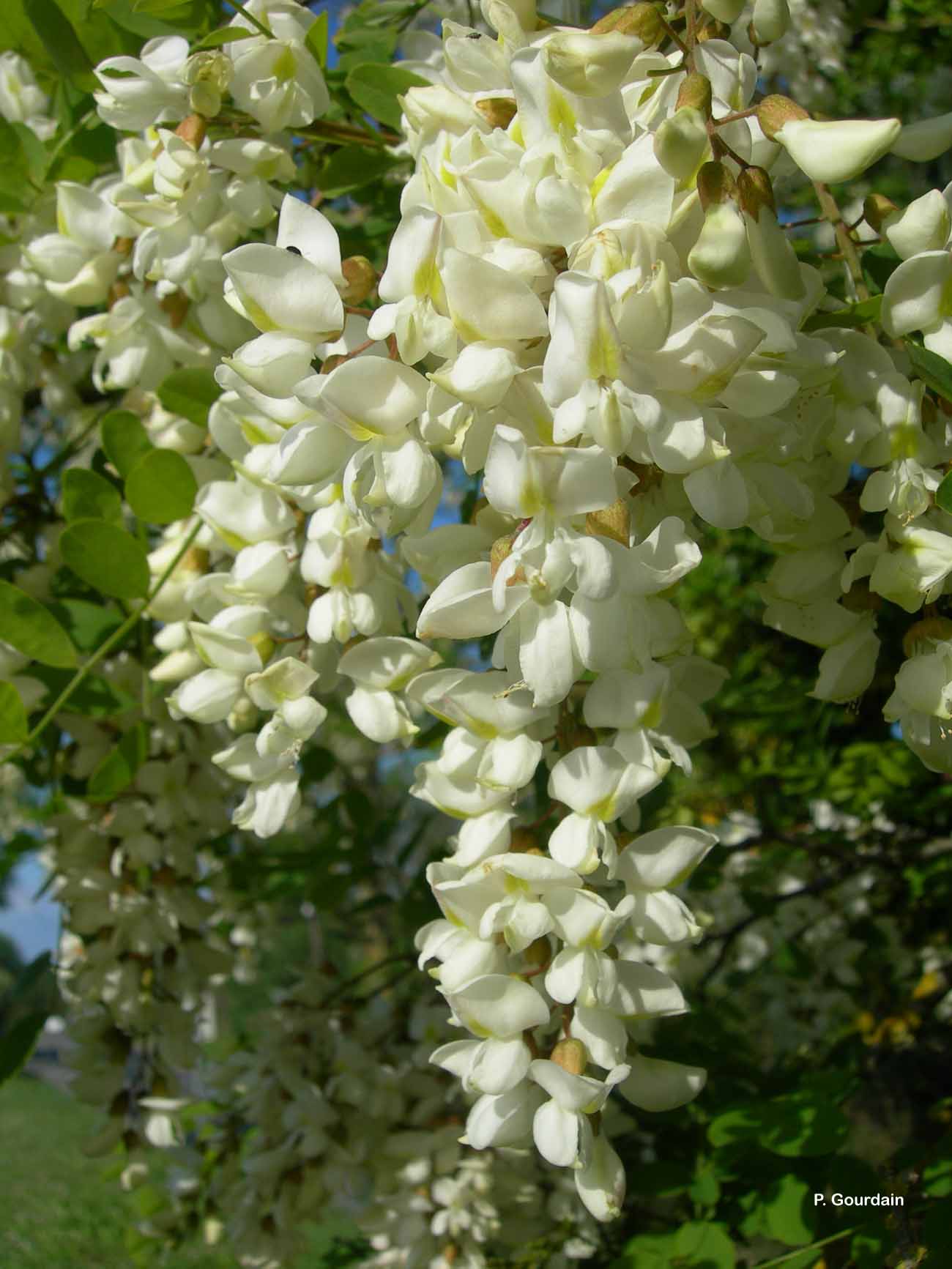
| Author : P. Gourdain |
 |
To get the picture, please visit:
Philippe GOURDAIN
Muséum national d'Histoire naturelle - Service du Patrimoine Naturel
36 rue Geoffroy Saint-Hilaire
CP 41
75 231 PARIS CEDEX 05
e-mail : inpn@mnhn.fr
Legend: Toulouse-Pech-David
Despite the Creative Commons license, please inform the author of the use which will be made of his photo
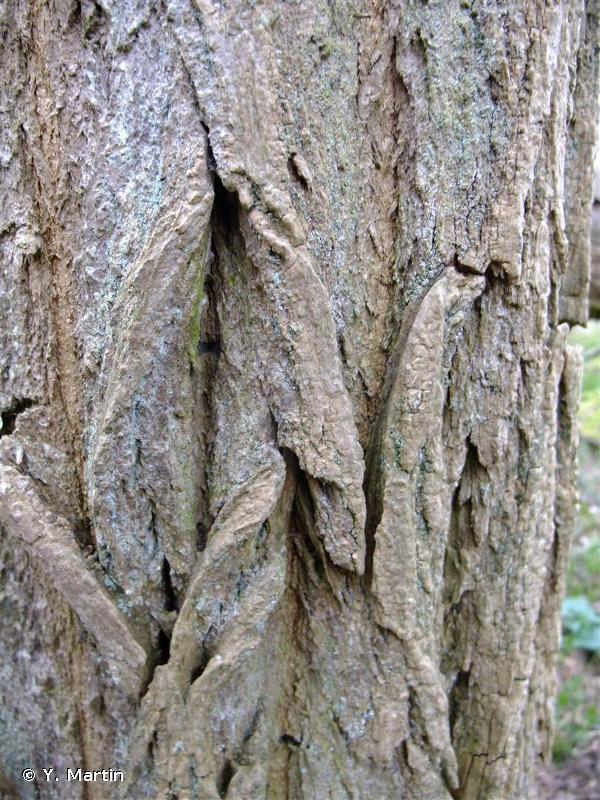
| Author : Y. Martin |
 |
To get the picture, please visit:
Yoan MARTIN
email : martin.yoan95@gmail.com
Despite the Creative Commons license, please inform the author of the use which will be made of his photo

| Author : Y. Martin |
 |
To get the picture, please visit:
Yoan MARTIN
email : martin.yoan95@gmail.com
Despite the Creative Commons license, please inform the author of the use which will be made of his photo
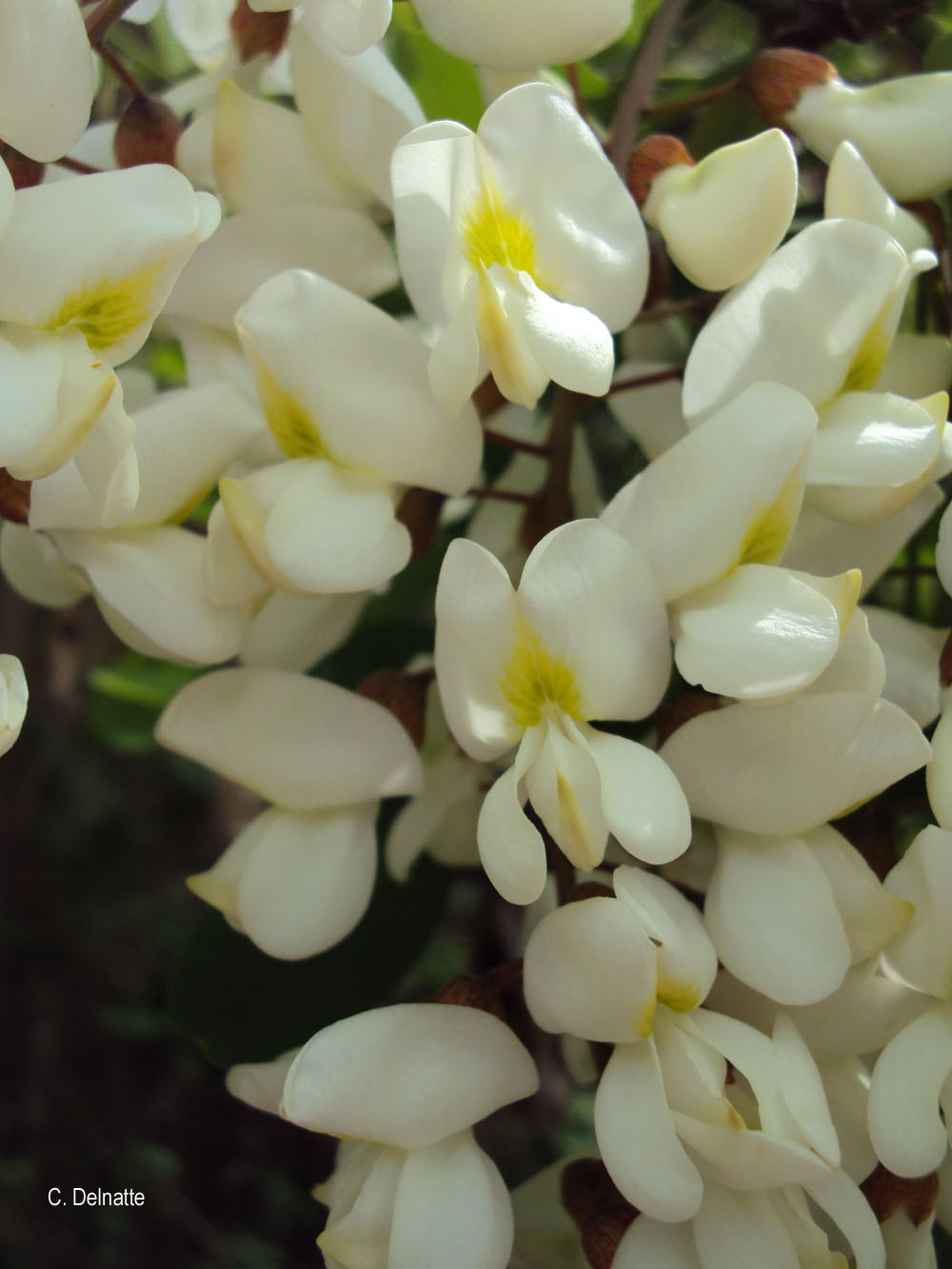
| Author : C. Delnatte |
 |
To get the picture, please visit:
César DELNATTE
Chargé de mission écologie végétale
DEAL Martinique
Pointe de Jaham – BP 7212
97274 Schoelcher Cedex
Tél : 05 96 59 58 55
GSM : 06 94 15 63 67
Any reuse of one or more photographs on this site is subject to an authorization request from the author.
Link to the Code of Intellectual Property (Legifrance)
Taille/poids :
Arbre : jusqu'à 30 m de hauteur, Grappe de fleurs : 10 à 20 cm de long
Diagnose :
Le Robinier faux acacia est un arbre de la famille des légumineuses (Fabacées). Ses fleurs papilionacées sont blanches, et regroupées en longues grappes pendantes. Ses fruits sont des gousses plates, de couleur sombre. Son bois est brun et lisse dans sa jeunesse, mais il devient rapidement gris clair et crevassé en réseau. Ses rameaux sont caractérisés par la présence d'épines. Les feuilles alternes sont composées de 3 à 10 paires de folioles ovales. L'arbre est caducifolié, il perd donc ses feuilles en hiver.
Détermination :
Simple
Période d'observation :
Observable toute l'année. Floraison de Mai à juillet.
Biologie-ethologie :
Espèce pionnière et héliophile, le Robinier faux acacia peut vivre entre 100 à 400 ans. Ses fleurs sont hermaphrodites et pollinisées par les insectes. Il se rencontre dans des milieux perturbés ou régulièrement remaniés : bords de route et de cours d'eau, voies ferrées, carrières, milieux agricoles, forêts. De manière plus spontanée, on le rencontre dans les pineraies ou les forêts mélangées. Grâce à ses racines et leurs nodosités à bactéries fixatrices d'azote atmosphérique, il enrichit le sol en nitrates et favorise une flore de sous-bois plutôt nitrophile, parfois au détriment de la flore autochtone. L'espèce produit une grande quantité de graines dispersées par gravité, mais leur taux de germination est assez faible. C'est donc la voie végétative qui est souvent privilégiée, l'arbre rejette de souche et drageonne, sa croissance est rapide, ce qui contribue à son caractère envahissant. Elle est d'ailleurs considérée comme espèce exotique envahissante.
Biogéographique et écologie :
Cette espèce a été introduite au début du XVIIème siècle, et vient d'Amérique de Nord. Cultivée ou naturalisée, on la rencontre partout en Europe, où elle est très fréquente, sauf en altitude.
Référence bibliographique : Rameau, J. C., Mansion, D., Dumé, G., Gauberville, C., Bardat, J., Bruno, E., & Keller, R. 2008. Flore Forestière Française, guide écologique illustré, tome 3 Région méditerranéenne. Ministère de l'agriculture et de la pêche. 2432 pp.
Oulès, E.(UMS 2006 Patrimoine Naturel (AFB / CNRS / MNHN)),2015
Continental
Metropolitan France
Overseas
Marine
Metropolitan France
Overseas
The map presents a summary at the 10 x 10 km grid of the observation data for the species transmitted to the SINP. These data have been subjected to validation filters.
The map presents a reference distribution layer of the species at the scale of departments and marine sectors. The presence and absence data were established by expertise within a network of partners. This reference distribution is used in the validation process of the SINP data at the INPN level.
Corresponds to a report on the basis of at least one observation proved within a period of 10 years (20 years for little-known invertebrates) preceding the year and no presumption of extinction since obtaining the last data nor doubt on reproductive and implemented nature of this population. For migratory species, the presence indicated concerns areas of reproduction.
This status is based on one or more of the following criteria:
This point covers the absence, more difficult by nature to demonstrate than presence. This status is based on one or more of the following criteria:
This status must be assigned to a department in which the presence of the species is casual.
Particular case of absence due to a proven extinction less than a half century ago (older disappearances are treated as "no probable or definite").
In the state of knowledge, we can not comment on the presence or absence in the current department. This is the default status when not comprised in one of the previous categories or whenever there is doubt.
The map shows the global distribution of the species based on GBIF data (Global Biodiversity Information Facility).
